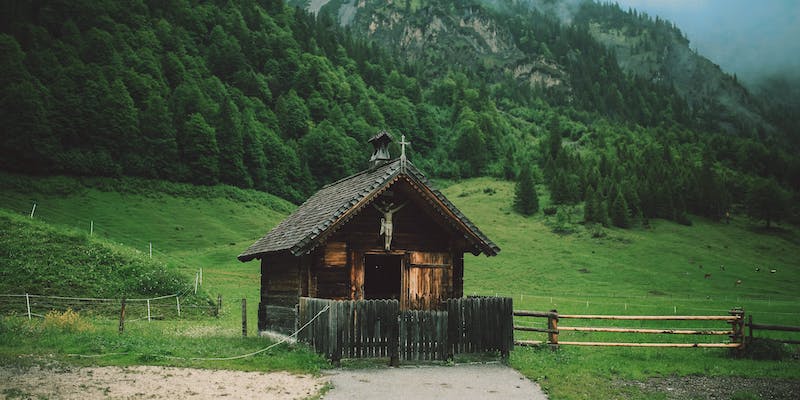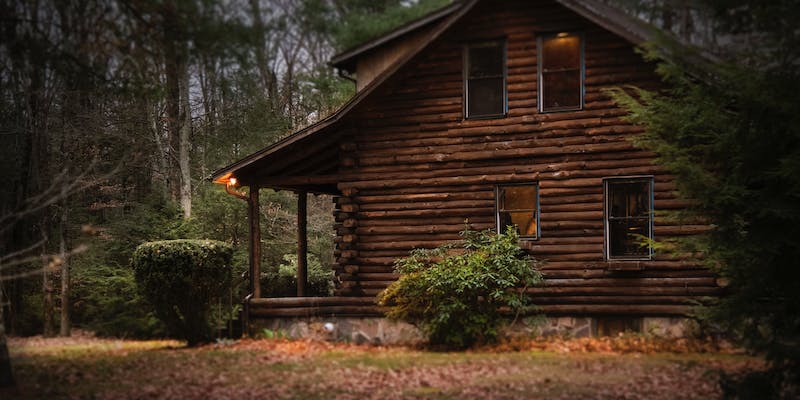If you've ever dreamed of living in a rustic and charming barn house, you're not alone. Barn houses are gaining popularity for their unique architectural style and the opportunity to embrace a simpler way of living.
But one of the first questions that comes to mind when considering a barn house is, "How much does it cost?" In this article, we'll break down the various factors that influence the cost of building a barn house, from the size and location to the materials and design choices.
Understanding the Basics of Barn Houses
Before delving into the cost considerations, it's important to understand what a barn house is and why it's such a desirable option. Barn houses are typically converted or purpose-built structures inspired by traditional American barns.
They offer a blend of country charm, open spaces, and an aesthetic that's both inviting and unique. The design often includes high, vaulted ceilings, exposed wooden beams, and a strong connection to the outdoors.
What Makes Barn Houses So Special?
Barn houses have a certain timeless appeal that draws people in. They are not only visually appealing but also practical, as they can be adapted to various living needs, whether you're looking for a family home, a vacation retreat, or a cozy retirement haven.
Factors Affecting the Cost of Building a Barn House
The cost of building a barn house can vary significantly depending on many factors. Here are the key aspects to consider:

Size of the Barn House
The size of your barn house is perhaps the most significant determinant of cost. A smaller, more modest barn house will naturally be less expensive to build compared to a larger, more luxurious one. Size is usually measured in square feet or square meters. It's essential to plan your barn house according to your specific needs and budget.
Location Matters
The location of your barn house can greatly affect the overall cost. Urban areas and well-developed suburban regions typically have higher construction costs, while rural locations tend to be more budget-friendly. Your choice of location should align with your lifestyle and preferences.
Design and Materials
The design and materials you choose for your barn house also play a significant role in determining the cost. There's a wide range of design styles, from traditional rustic barns to more modern interpretations.
The materials used, such as reclaimed wood or high-end finishes, can either increase or decrease the overall expenses. Choosing cost-effective materials and a simpler design can help you save money.
Building Codes and Permits
Each location has its own set of building codes and permit requirements. These regulations can add to your project's cost and timeline. It's essential to research and plan for all necessary permits to avoid any unexpected expenses down the road.
Average Cost of Building a Barn House
While the cost of building a barn house can vary greatly, we can provide some ballpark figures to give you a general idea of what to expect. Keep in mind that these numbers are approximate and can change based on the factors we discussed earlier.
Basic Barn House
A simple and smaller barn house, around 1,000 to 1,500 square feet, located in a rural area with a basic design, can cost between $150,000 to $300,000. This range typically includes the essential construction costs and basic finishes.
Mid-Range Barn House
For a mid-sized barn house with more intricate design elements and finishes, ranging from 1,500 to 2,500 square feet, you should budget around $300,000 to $500,000. This price point includes a more extensive range of design options and materials.
Luxury Barn House
If you're looking for a larger, high-end barn house with luxurious finishes, you can expect to invest $500,000 or more. These projects often exceed 2,500 square feet and can reach into the million-dollar range, especially if they are located in prime urban areas.
Additional Costs to Consider
Building a barn house involves more than just the construction itself. You should also account for these additional costs:

Land Acquisition
Before building your barn house, you'll need to purchase the land it will sit on. Land prices can vary dramatically depending on location and size. Be sure to factor this into your overall budget.
Architect and Designer Fees
If you're working with an architect or designer to create a unique and customized barn house, their fees will add to your project costs.
Site Preparation
Preparing the site for construction, including excavation and utilities, can be a substantial cost. Site-specific challenges, such as uneven terrain, can also increase these expenses.
Utilities and Infrastructure
Connecting your barn house to utilities like water, electricity, and sewage will incur additional costs. The complexity of this process depends on the location and available infrastructure.
Interior Finishes and Furnishings
Don't forget to budget for the interior finishes and furnishings. This category encompasses the materials and items used to complete the interior of your property. This includes flooring, cabinetry, appliances, and all the decorative elements that make your space functional and aesthetically pleasing.
Allocating funds for these components is crucial to ensure your property is not just structurally sound but also comfortable and visually appealing.
Contingency Fund
Prudently allocate a contingency fund comprising approximately 10-15% of your total budget to address unforeseen expenses or alterations in the project scope.
Wrapping It Up!
The expense associated with constructing a barn house can fluctuate significantly, influenced by factors like size, location, design, materials, and additional costs. Though determining an exact figure might pose a challenge, it is crucial to grasp the essential components of the budgeting process.
By carefully considering these factors and following our money-saving tips, you can embark on your barn house project with confidence. Remember that the end result will be a unique and charming home that captures the timeless appeal of traditional barns while providing a comfortable and inviting living space.



